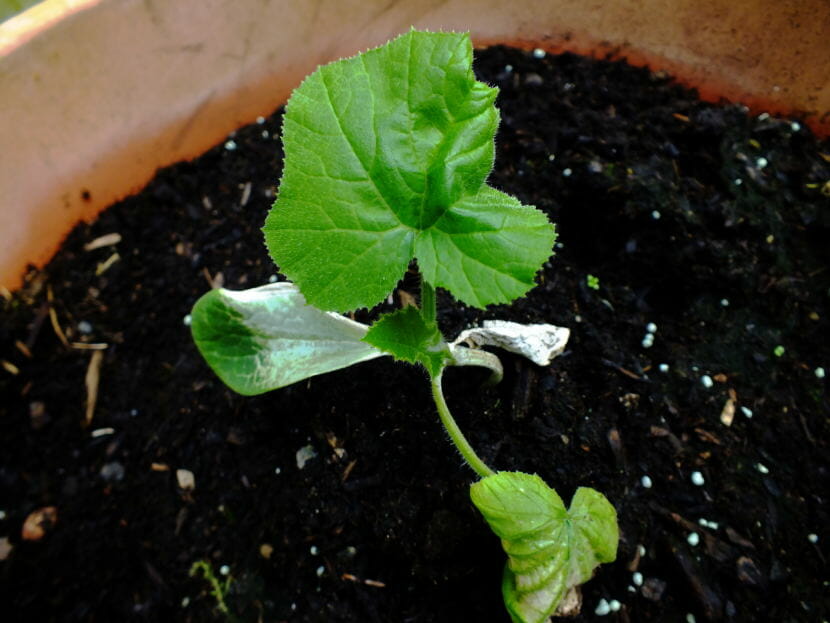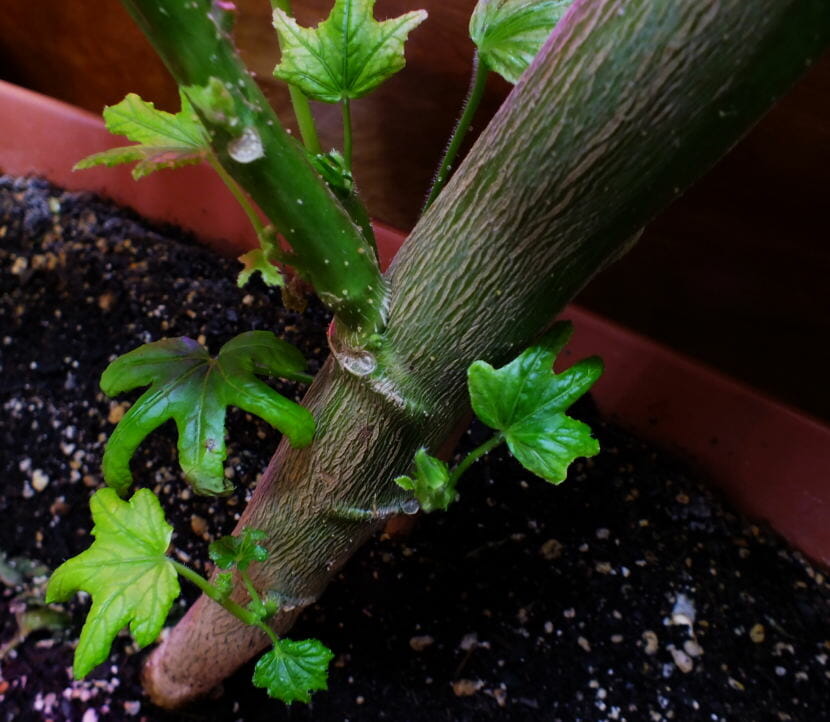
Like a plague-infected character in a Monty Python movie, some of your plants and trees may look sickly and sad while proclaiming that they’re not dead yet.
Branches of recently planted shrubs and trees may droop if they’re suffering from moisture stress. Inadequate snow cover that would normally protect the ground during a severe freeze can kill a plant’s roots, which affects how much moisture it takes up during the spring.
Leaves of greenhouse plants and vegetables may also wilt or shrivel if they don’t get enough water.
Tender vegetable starts may turn yellow-white and die if they suffer from cold shock or if they were planted outside before overnight temperatures warmed up enough. They may also become discolored if they get sunburned or windburned before they are hardened off properly.
Master Gardener Ed Buyarski says it’s possible to check whether your vegetables and trees will last the rest of the season or if they should just be replaced.
- Check for new growth. Some leaves may be brown or falling off. But if the plant is still leafing out or shows evidence of new budding, then it may have a chance.
- Do the knife or thumbnail scratch test for larger plants, shrubs and trees. Some shrubs and trees may appear green at the top. But if they appear brown under the bark at the base, then it’s likely dead.

